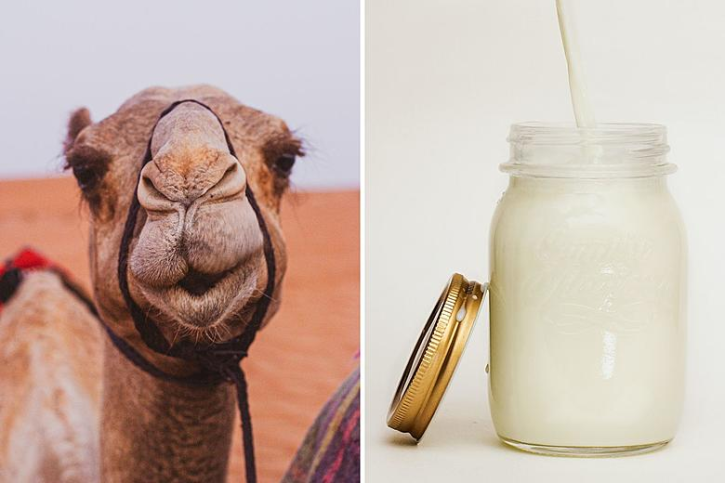
Camel Milk: From Niche to Powerhouse — Unlocking Growth Potential in MENA and Beyond
While plant-based dairy dominates headlines, another category is quietly revolutionizing the industry: camel milk. With a projected market size of $2–13 billion by 2030 (CAGR up to 9.4%, Grand View Research), this isn’t just a trend — it’s a scalable opportunity for producers, engineers, and innovators. In MENA, where camel milk is a cultural staple and production leader, the stage is set for exponential growth. Here’s why — and how your business can capitalize on it.
Why Camel Milk? Demand Meets Innovation
Camel milk’s unique profile is driving global interest:
- Nutritional Edge: 5x more vitamin C than cow milk, rich in lactoferrin (antimicrobial, anti-inflammatory), and low in allergens and lactose — ideal for sensitive consumers.
- Health Benefits: Proven to aid blood sugar control in diabetes (type 1 & 2), appealing to wellness brands and functional food producers.
- Cultural Fit: Halal-certified and deeply rooted in MENA traditions, with premium pricing in markets like Dubai and Riyadh.
In the UAE, Camelicious and Al Ain Dairy lead with farms of 1,500+ camels, exporting to China and beyond. Saudi Arabia, home to the GCC’s largest camel population, sees rising demand for value-added products like camel milk chocolate and infant formula. The region’s infrastructure — from advanced dairy tech to government support — positions MENA as a global hub.
Engineering the Opportunity
This isn’t just about milk — it’s about building resilient production systems:
- Equipment Needs: Heat exchangers, high-efficiency pumps, and automated pasteurizers are key to scaling output while maintaining quality.
- Large-Scale Potential: A single camel yields 6–7 liters daily (vs. 30+ for cows), but with the right infrastructure, farms can triple capacity.
- Applications: From liquid milk to powders, cheeses, and infant nutrition — high-margin products for export-driven dairies.
MENA’s arid climate favors camel farming, requiring less water than traditional dairy. Pair this with modern processing lines, and you’ve got a sustainable, profitable niche.
MENA’s Advantage — and Challenges
- Strengths: The UAE and Saudi Arabia lead with robust logistics and investment (e.g., Saudi’s $735M camel dairy market in 2024, IMARC Group). Dubai’s tourism boom fuels demand for premium camel products.
Hurdles: Limited herd sizes and high production costs ($13/liter vs. $0.40 for cow milk) demand smarter engineering and procurement strategies.